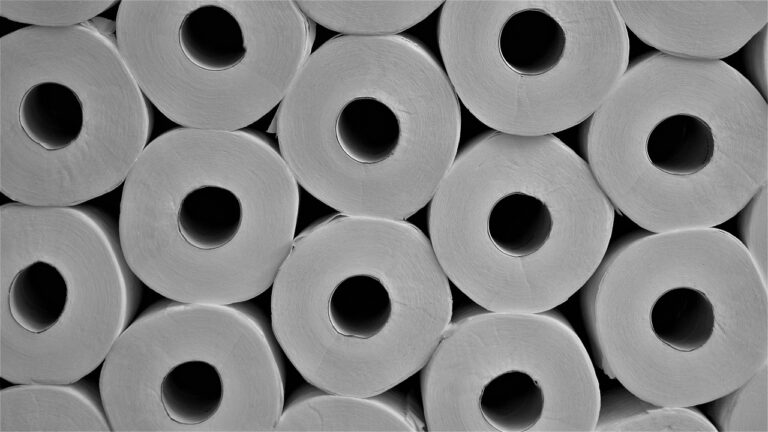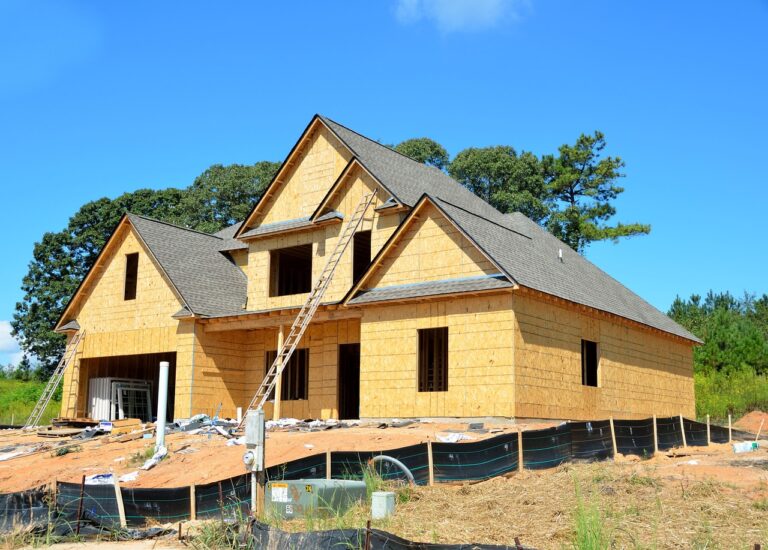Creating a Home Maintenance Schedule for Efficiency
A well-structured home maintenance schedule brings numerous advantages to homeowners. By regularly inspecting and tending to various aspects of the home, potential issues can be identified early on, preventing them from escalating into costly problems. Scheduled maintenance also helps in maintaining the overall aesthetics and functionality of the home, preserving its value over time.
Furthermore, having a maintenance schedule in place allows homeowners to stay organized and proactive in taking care of their property. It provides a clear roadmap for when specific tasks need to be completed, ensuring that essential maintenance is not overlooked or neglected. This proactive approach not only saves time and money in the long run but also contributes to creating a safe and comfortable living environment for the residents.
Regular maintenance prevents potential issues from escalating
Preserves the value of the home over time
Helps in maintaining overall aesthetics and functionality
Keeps homeowners organized and proactive
Ensures essential maintenance tasks are not overlooked or neglected
Identifying Areas of Improvement in Your Home
Have you ever taken the time to walk around your home and truly assess its condition? It’s easy to overlook small issues that can turn into bigger problems if left unattended. One way to start identifying areas of improvement in your home is to take a systematic approach room by room. Look for any signs of wear and tear, such as peeling paint, cracked tiles, or leaking faucets. These minor issues are often easy and inexpensive to fix if caught early.
Another way to identify areas of improvement is to pay attention to your utility bills. A sudden spike in energy or water usage could indicate a problem with insulation, heating or cooling systems, or plumbing. By keeping track of your monthly bills and comparing them over time, you can pinpoint areas of your home that may need attention. Additionally, take note of any strange odors, weird sounds, or sudden changes in the performance of appliances, as these could be signs of underlying issues that need to be addressed.
Setting Priorities for Maintenance Tasks
When it comes to setting priorities for your home maintenance tasks, it’s crucial to assess the urgency and impact of each task. Start by making a list of all the maintenance tasks that need to be completed, from minor repairs to major renovations. Consider factors like safety, functionality, and cost when determining the priority level of each task.
Next, categorize the maintenance tasks into different levels of priority. Tasks that impact the safety and structural integrity of your home should be given the highest priority and addressed immediately. This includes issues like leaking roofs, faulty electrical systems, and plumbing leaks. Other tasks that affect the functionality of your home, such as broken appliances or HVAC systems, should also be high on the priority list. By organizing your maintenance tasks based on importance, you can ensure that your home remains safe, functional, and in good condition.
Why is having a home maintenance schedule beneficial?
Having a home maintenance schedule helps you stay organized and on top of necessary tasks, preventing costly repairs down the line.
How can I identify areas of improvement in my home?
You can identify areas of improvement in your home by conducting regular inspections, taking note of any necessary repairs or updates.
How do I set priorities for maintenance tasks?
To set priorities for maintenance tasks, consider the urgency of the repair, the potential impact on your home’s safety and functionality, and your budget constraints.







